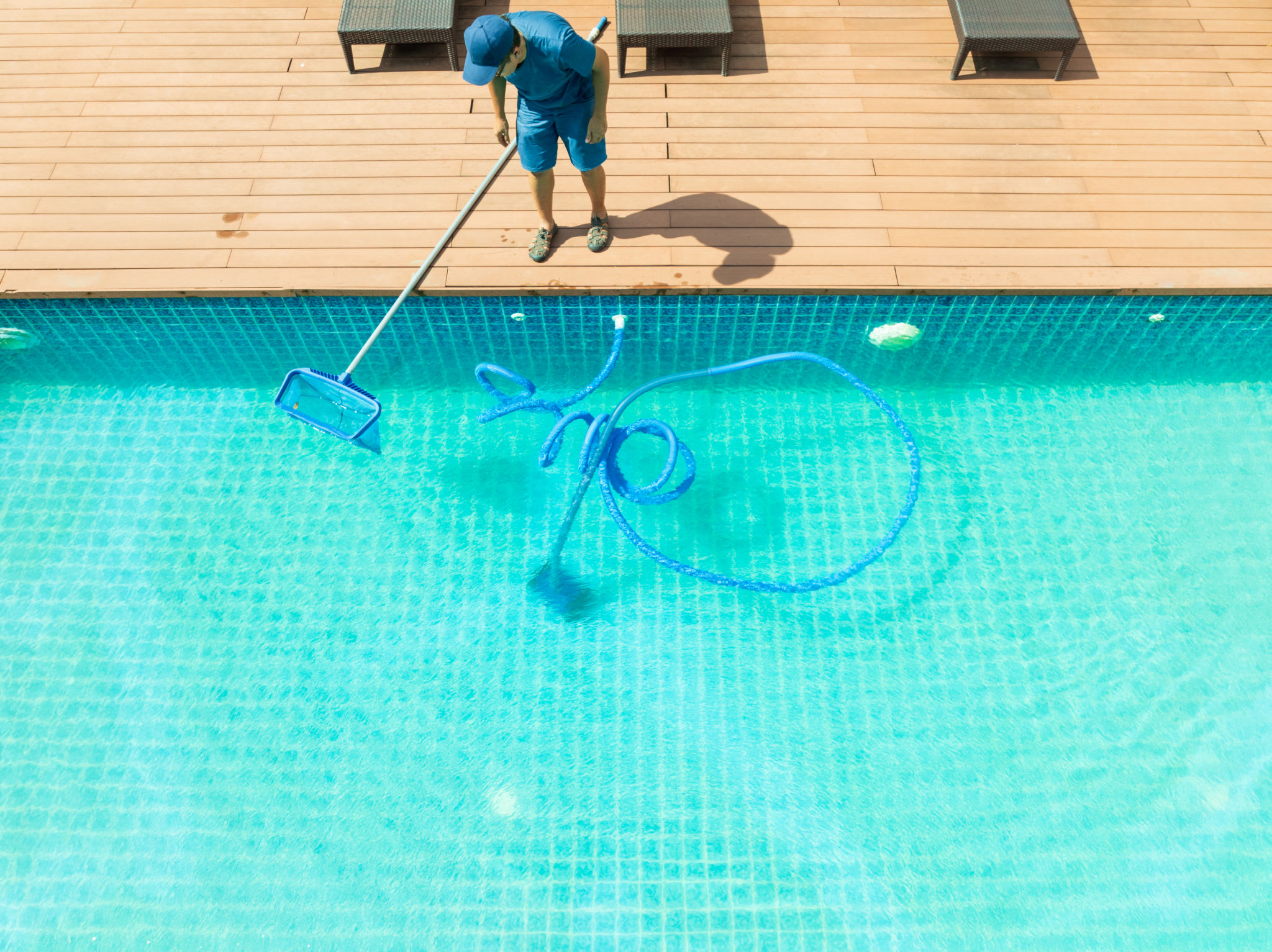DIY Pool Cleaning: Essential Tools and Techniques
TS
Introduction to DIY Pool Cleaning
Owning a pool can be a blissful luxury, especially during the warmer months. However, with great pleasure comes the responsibility of maintenance. Keeping your pool clean isn’t just about aesthetics; it’s crucial for the health and safety of swimmers. Fortunately, with the right tools and techniques, DIY pool cleaning can be straightforward and effective.

Essential Tools for Pool Cleaning
Before diving into the cleaning process, ensure you have the necessary tools on hand. Here’s a list of essential equipment every pool owner should have:
- Skimmer Net: Used to remove floating debris like leaves and insects.
- Pool Brush: Helps scrub the walls and floor of the pool to remove algae and dirt.
- Vacuum: A manual or automatic pool vacuum is essential for cleaning the pool floor.
- Test Kit: Regularly test the water’s pH and chlorine levels to maintain proper chemical balance.
Basic Pool Cleaning Techniques
Once equipped with the right tools, it's time to get your hands dirty—or clean, in this case. Start by skimming the surface of the pool daily to prevent debris from sinking and becoming harder to remove. Follow these steps for a thorough clean:
- Skimming: Use the skimmer net to sweep up leaves, bugs, and other floating debris.
- Brushing: Scrub the pool walls, steps, and ladders to loosen any dirt or algae.
- Vacuuming: Vacuum the pool floor at least once a week to ensure no debris is left behind.

Chemical Balancing
Maintaining the correct chemical balance in your pool is crucial for preventing algae growth and ensuring swimmer safety. Regularly test the water using a reliable test kit. Aim to keep the pH between 7.2 and 7.8. Chlorine levels should remain between 1-3 ppm. If levels are off, adjust them accordingly using pool chemicals available at any pool supply store.
Troubleshooting Common Issues
Inevitably, issues like cloudy water or algae blooms may arise in your pool. Cloudy water can be caused by improper chemical levels or poor filtration. To resolve this, check and adjust your chemical levels and clean your filter regularly. For algae, shock your pool with a higher dose of chlorine and brush the walls thoroughly before vacuuming.

Maintaining Your Pool Equipment
A well-maintained pool requires functional equipment. Regularly inspect your pool pump, filter, and heater for any signs of wear or damage. Clean or replace filters as needed to ensure they operate efficiently. For pool pumps, listen for unusual noises that might indicate a problem.
Seasonal Considerations
The frequency and intensity of cleaning might vary depending on the season. During warmer months, your pool might require more frequent attention due to increased use and faster algae growth. In cooler months, consider reducing cleaning frequency but continue to monitor chemical levels regularly.
With these essential tools and techniques, you can enjoy a sparkling clean pool throughout the swimming season. Regular maintenance not only extends the life of your pool but also ensures it remains a safe and pleasant environment for everyone to enjoy.